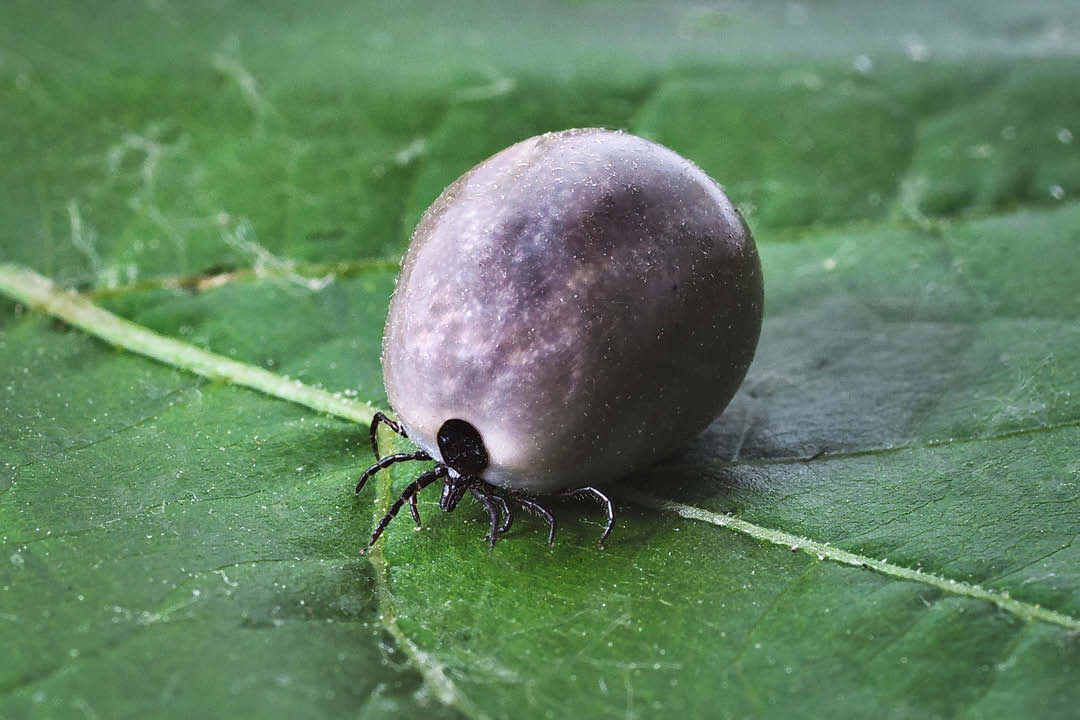Most pet owners are well versed on protecting their pets from parasites like worms and fleas, but do you know to watch out for ticks?
During the summer, dog owners are likely to be more vigilant for ticks, especially during walks to grassy areas, such as fields and meadows. However, we shouldn’t be fooled into thinking they are only active during warm weather when in fact, they can be found year round.
The Kennel Club says that after mosquitoes, ticks are the second biggest spreader of infectious diseases to both pets and people, so it’s vitally important that dog owners regularly check their pets for ticks after a walk. For any concerns on what signs to look out for, owners should consult a vet.
WHAT DO TICKS LOOK LIKE?
Ticks can vary in both shape and size but usually they will be oval, flat and roughly the size of a sesame seed, growing to the size and shape of a coffee bean after feeding.
WHERE DO TICKS LIVE?
They are predominantly found in grassy areas, such as fields and meadows, as they will climb to the top of a long blade of grass and wait for passing animals, including dogs but also cats, hedgehogs, sheep, and even humans. They can also be found in woodland and urban areas.
WHAT DISEASES DO TICKS CARRY?
As well as causing your dog to itch, ticks can also be carriers of some serious diseases, including Lyme disease, which affects both muscle and nerve cells.
WHAT SIGNS SHOULD I BE LOOKING FOR TO KNOW IF MY DOG HAS TICKS?
After taking your dog for a walk, it’s a good idea to feel for any unusual small bumps, which are most commonly found around their:
• Ears
• Head
• Neck
• Groin
• Armpits
• Feet
WHAT SHOULD I DO IF I FIND A TICK?
Consult your local veterinary practice for advice, including information on how to identify ticks, removal and after care. Although it is possible to remove a tick at home using special tick tweezers which can be bought from a pet shop, it can be tricky as you risk leaving the insect’s mouthparts behind, imbedded in the skin. If you spot a tick, it’s worth getting professional help from a vet or vet nurse as soon as possible. There are products for dogs and cats which will repel and even kill biting insects including fleas and ticks. Your veterinary practice will be able to advise on which products will suit your individual pet with further information on how to prevent them.
More information on ticks can be found at the website www.thekennelclub.org.uk/health-and-dog-care/health/health-and-care/a-z-of-health-and-care-issues/ticks/
If you are interested in reading more about the parasites that prey on our pets, and particularly if you are travelling with your dog to other parts of the UK, take a look at The Big Tick Project which shares up-to-date information on keeping your pet safe from parasite-borne illnesses: www.msd-animal-health-hub.co.uk/KBPH







